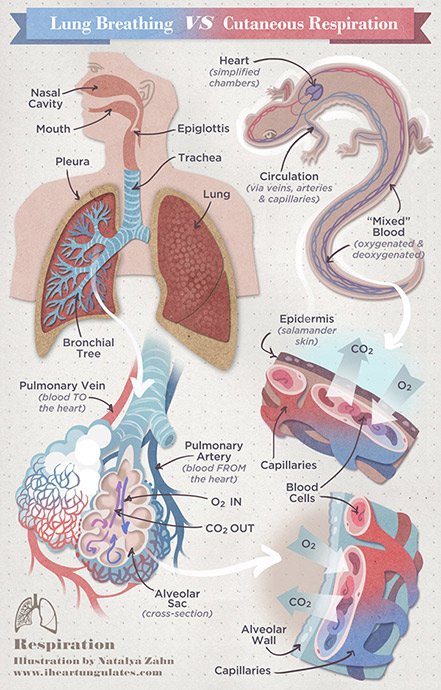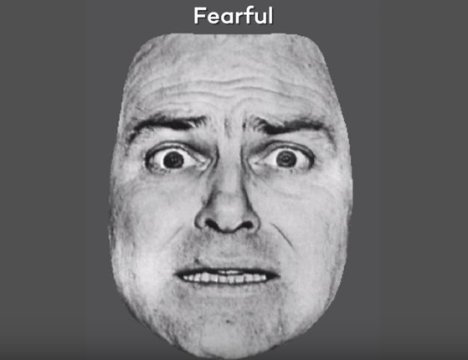In her podcast “The invisibility of breathlessness: physiology, perceptions and politics”, Prof Jane Macnaughton, who is part of the team of the unique and innovative Life of Breath project, discusses why breathlessness is an invisible symptom and why the people who experience it can be invisible in society. Read More
Category: Breathing Science
Suspense is quite literally in the air
I bought the February issue of Geo Magazine (in German) because it had an in-depth article about breathing in it. But there was also a small article about CO2 levels being measured in cinema auditoriums. The CO2 levels gave information about audience attention levels. As tension rose in a suspenseful scene, the CO2 levels rose. Food for thought about what we think we like and what our bodies have to say about it.
“With some movies, suspense is quite literally in the air. Scientists at the Max Planck Institute for Chemistry and the Johannes Gutenberg University in Mainz, Germany, analysed the air in movie theatres during various movie screenings and determined that every movie leaves a characteristic pattern in the air. Read More
Lung Breathing vs Cutaneous Respiration
Just found this amazing illustration by Natalya Zahn.
Rhythm of breathing affects memory, fear
The neuroscientist Gerald Kozlowski shared the article “Rhythm of breathing affects memory, fear: Breathing is not just for oxygen; it’s also linked to brain function, behavior.” in the Journal of Neuroscience, Dec 6, 2016
Northwestern Medicine scientists have discovered for the first time that the rhythm of breathing creates electrical activity in the human brain that enhances emotional judgments and memory recall.
These effects on behavior depend critically on whether you inhale or exhale and whether you breathe through the nose or mouth. Read More




